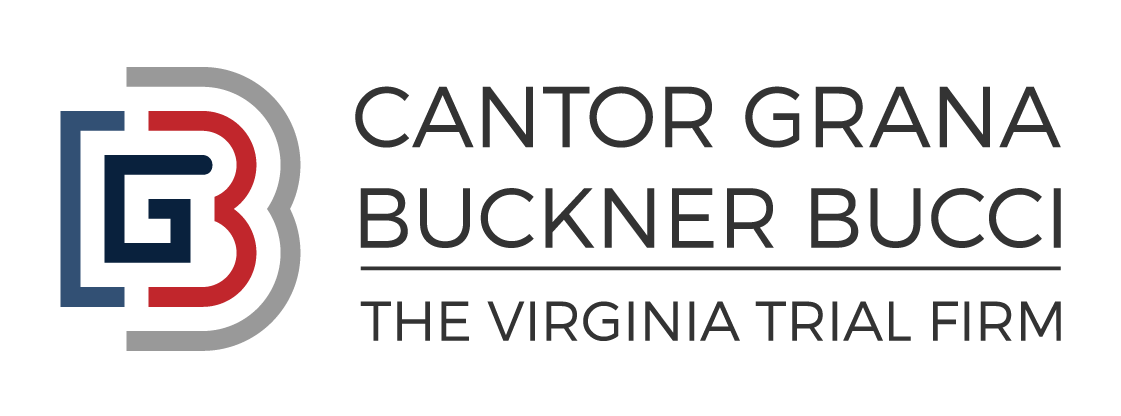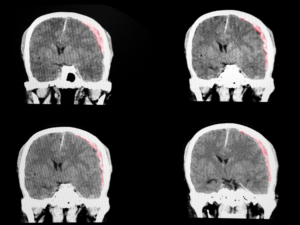Proper airway management is a basic tenet of medical treatment for patients. In many situations, it is necessary for the healthcare provider to establish a viable airway for the patient by endotracheal intubation, where a flexible, plastic tube is placed into the patient’s trachea (windpipe) to provide and insure the patency of the airway. If the endotracheal tube (ET tube) is inadvertently placed in the esophagus, as opposed to the trachea, then the whole purpose of the intubation is defeated since no airway has been established for the patient. If the esophageal intubation goes unrecognized, the patient can suffer anoxia, a lack of oxygen, leading to death. Brain cells began to die if deprived of oxygen for four minutes or longer.
Unrecognized esophageal intubation is perhaps the most serious complication of endotracheal intubation. Most intubations are performed through the patient’s mouth, in which the ET tube is passed through the patient’s vocal apparatus into the trachea, usually with the use of a laryngoscope, an instrument that helps visualize the anatomy. Direct visualization by the health care provider of the ET tube passing through the patient’s vocal cord is indication that the tube has been successfully placed in the trachea. However, visualization can be fallible, so confirmation by other means is generally required. Such confirmation techniques include use of a stethoscope to listen for equal, bilateral breath sounds, use of an end-tidal carbon dioxide (Co2) detection device to indicate persistent Co2 after multiple breaths, and chest x-ray to confirm placement of the tip of the ET tube in the trachea.
When investigating a case involving an anoxic brain injury to your client following an intubation, it is recommended that the attorney determine if there was an unrecognized esophageal intubation. Careful attention should be made to discover if confirmatory measures were used by the health care providers to insure placement of the ET tube in the patient’s trachea. If such an investigation leads you to conclude that there was an unrecognized esophageal intubation, then your client may very well have a viable claim for medical malpractice.





